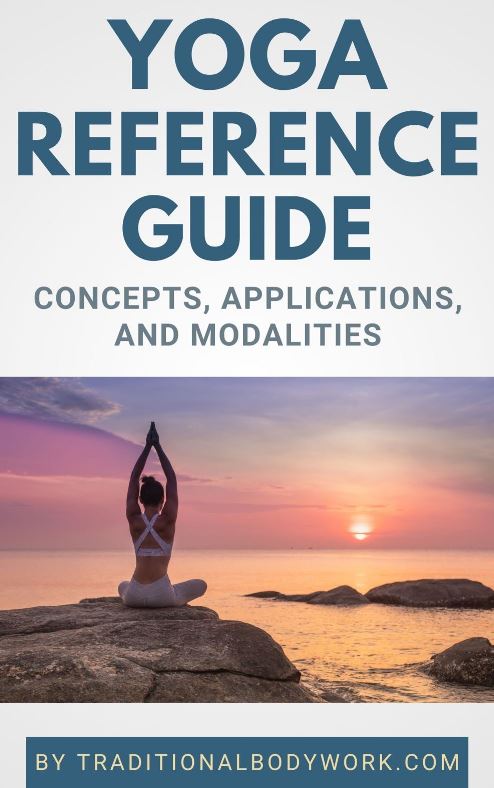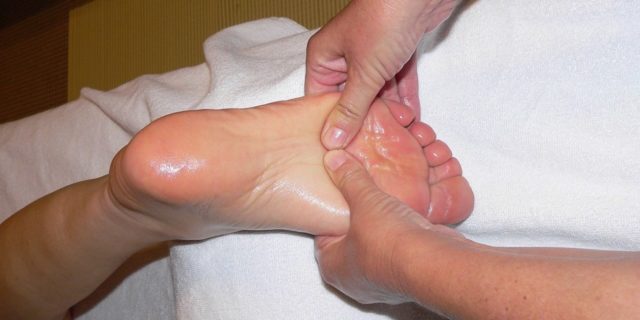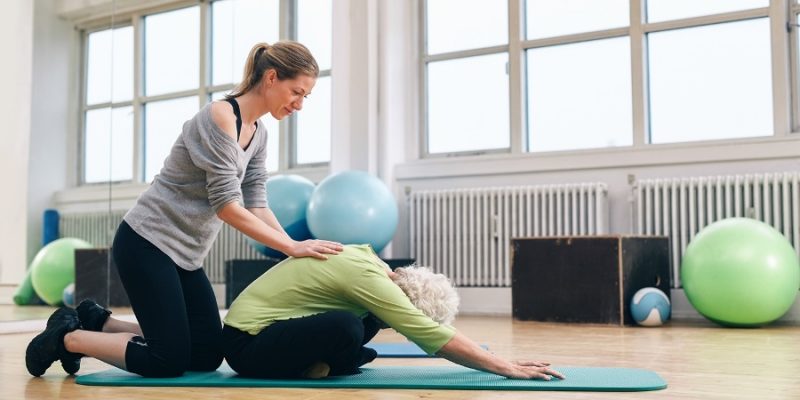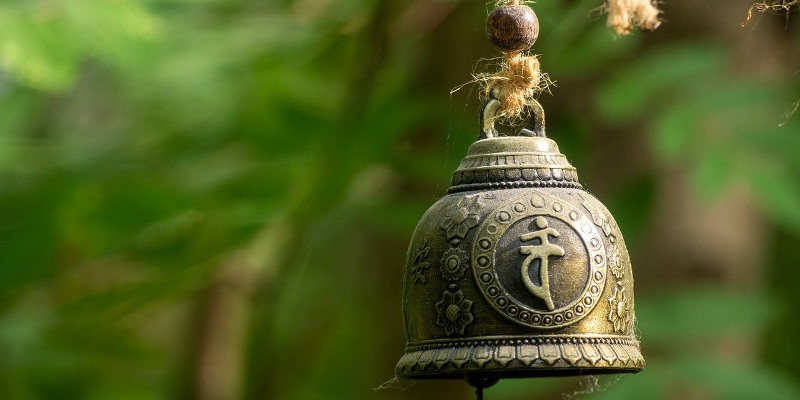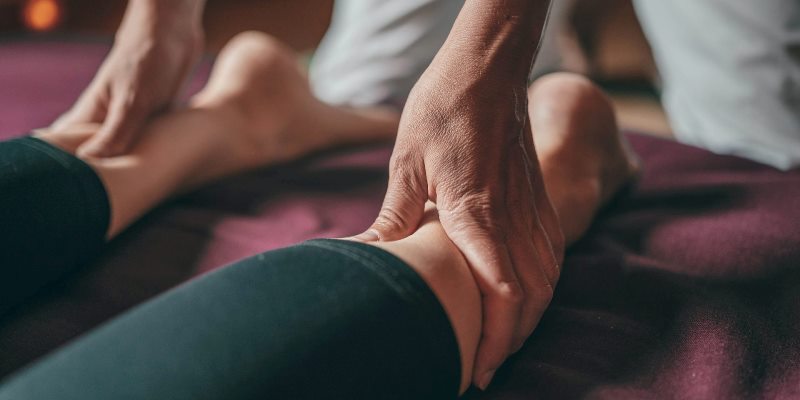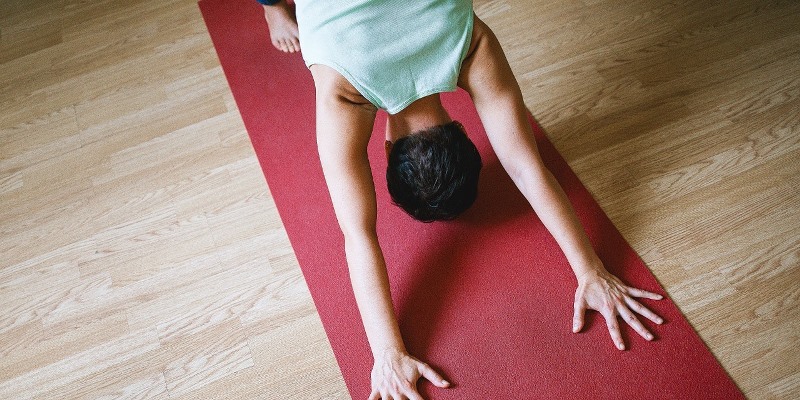
The Five Tibetan Rites is a set of rather simple and straightforward Yogic exercises first made public by Peter Kelder in 1939. It’s claimed to be a series of ancient Tantric-Tibetan origin, although this is still disputed.
Some other names for this system are “The Five Rites,” “The Five Rites of Rejuvenation,” and the “Fountain of Youth.” The complete exercise set takes about 15 minutes (depending on how many times each rite is repeated, which is ideally 21 times) and should be done every day, preferably in the morning.

Although called the Five Rites, there’s also a sixth rite, which is meant for those who want to lead a celibate life or feel an excess of sexual energy. Moreover, the rites are not only a set of exercises; mantras play a role also, and another part of the system is about giving attention to what we eat, the correct food combinations, and the proper way of eating.
For what it is, benefits claimed of doing these exercises are, for instance, an increased mobility and flexibility, more strength, higher energy levels, calmness and mental clarity, improved spinal flexibility, better sleep, weight loss, stress and anxiety reduction, better blood circulation and digestion, improved libido, and overall physical, emotional, and spiritual well-being.
To give you an idea of the exercises you’ll find parts of the descriptions of each rite below, as provided by Peter Kelder in his book The Eye of Revelation.
Rite 1
“Stand erect with arms outstretched, horizontal with the shoulders. Now spin around until you become slightly dizzy. There is only one caution: you must turn from left to right.”
Rite 2
“Lie full length on rug or bed. Place the hands flat down alongside of the hips. Fingers should be kept close together with the finger-tips of each hand turned slightly toward one another. Raise the feet until the legs are straight up.( … ) Hold this position for a moment or two and then slowly lower the feet to the floor, and for the next several moments allow all of the muscles in the entire body to relax completely.”
Rite 3
“Kneel on a rug or mat with hands at sides, palms flat against the side of legs. Then lean forward as far as possible, bending at the waist, with head well forward—chin on chest. The second position of this Rite is to lean backward as far as possible. Cause the head to move still further backward. ( … ) Next come back to the erect kneeling position, relax as much as possible for a moment, and perform Rite all over again.”
Rite 4
“Sit erect on rug or carpet with feet stretched out in front. The legs must be perfectly straight. ( … ) Place the hands flat on the rug, fingers together, and the hands pointing outward slightly. Chin should be on chest — head forward. Now gently raise the body, at the same time bend the knees so that the legs from the knees down are practically straight up and down. The arms, too, will also be vertical while the body from shoulders to knees will be horizontal. ( … ) allow the head gently to fall backward ( … ) Hold this position for a few moments, return to first position, and relax for a few moments…”
Rite 5
“Place the hands on the floor about two feet apart. Then, with the legs stretched out to the rear with the feet also about two feet apart, push the body, and especially the hips, up as far as possible, rising on the toes and hands. At the same time the head should be brought so far down that the chin comes up against the chest. Next, allow the body to come slowly down to a ‘sagging’ position. Bring the head up, causing it to be drawn as far back as possible.”
Rite 6
“Stand straight up and slowly let all of the air out of your lungs…bend over and put your hands on your knees…with the lungs empty, return to a straight up posture. Place your hands on your hips, and press down on them… As you do this, pull in the abdomen as much as possible, and at the same time raise the chest. ( … ) hold this position as long as you possibly can.”




